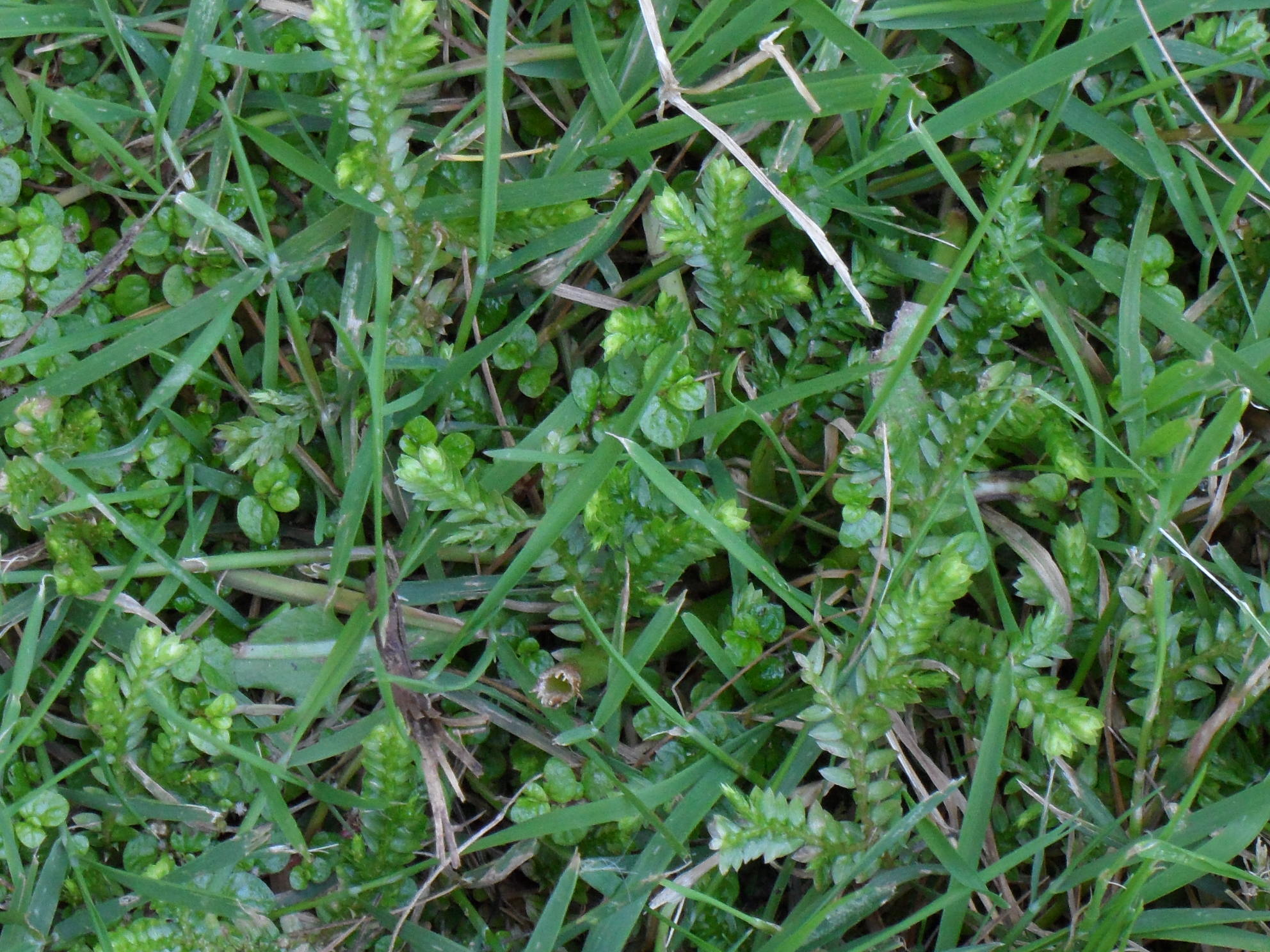
From the Latin, meaning small Selago, possibly a reference to the name Lycopodium selago.
Small moss-like plants with long-creeping or scrambling stems. Branches thin and producing root-like structures from below. Leaves small, mostly triangular, overlapping and either spreading around the stem or in ranks of 2 leaf sizes; each leaf has a single main vein and a ligule on the upper surface.
Mostly grown as greenhouse plants in temperate areas although S. kraussiana grows well outside and may become weedy.
The large number of species in the genus makes identification of rarely cultivated species difficult; the listed species are the most commonly cultivated but others may be encountered.
1 genus and c. 700 species from wet tropical and subtropical regions, a few temperate (Australia has 12 species).
Selaginella lepidophylla (Hook. & Grev.) Spring, from S USA and Canada, is a 'resurrection plant' which, in the dry, curls up into a tight ball, opening again in the rains or when moistened; it is occasionally sold for its entertainment value and also has medicinal properties.
Selaginella willdenovii (Desv.) Baker from C America is a climbing species with a bluish sheen and large, flat plates of foliage; it is occasionally cultivated in warm areas.
Alston (1981).
Source: (1995). Selaginellaceae. In: . Horticultural Flora of South-eastern Australia. Volume 1, Ferns, conifers & their allies. The identification of garden and cultivated plants. University of New South Wales Press.
